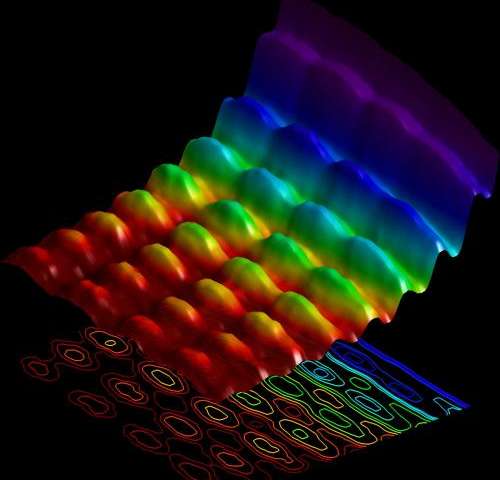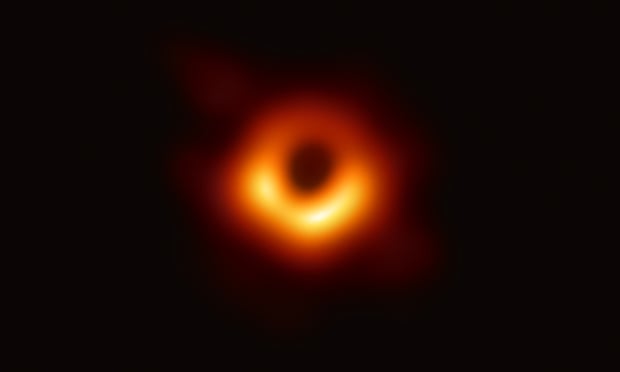Science and spiritual experience converge in answer to John Lennon’s question
Nearly fifty years ago, John Lennon posed the question “How can you be here when you are everywhere?” in his song ‘Instant Karma’ (released in 1970). He was reflecting on an experience felt and reported on by many seekers after spiritual insight over the centuries and, in the time that he was writing, during drug induced psychedelic experimentation. During such an episode the body is no longer the centre of sensation and that feeling is replaced but one of being part of all creation and becoming boundless and dimensionless. For sceptical observers, it is an idea that is physically impossible and probably a dangerous delusion (especially if drugs are involved).
However, the result of scientific inquiry from the beginning of the twentieth century and up to the present suggests that both elements of the question can simultaneously be true within the laws of physics and accords with what is observed at the smallest scale possible. Mathematical equations derived from quantum mechanics have proved accurate not only for predicting the outcome of experiments but are now applied to improve the technology, such as computing, that we all benefit from.
Modern physics would suggest that everything we might describe in common speech as ‘solid and/or tangible’ is made up a small number of fundamental particles, which can also be observed as waves. They are packets of energy that have both properties, which is why particles at the quantum level can, apparently, be in two places at once. Atoms, which are made up of these particles, contain more space than matter. Therefore, despite the evidence of our human senses, nothing is solid.

Biologists have discovered that the dual nature of light as both photon and wave (pictured left) provides a better explanation for photosynthesis. They have also found that quantum mechanics is at work within the human body and other forms of life. Although science can detect that at a cellular level our bodies are constantly changing, we have the illusion that the people around us and are seeing regularly tend to look the same from day to day, unless something major happens. Similarly, our senses seem to tell us that we all live in a three-dimensional world, but the theory of relativity presents the concept of space-time and describes the visible universe in four dimensions.

The event horizon at the black hole in galaxy Messier 87. Photograph: Event Horizon Telescope/ZUMA Wire/REX/Shutterstock
The theory of relativity has greatly improved our understanding of the wider cosmos, but it has also challenged our previous perception of what is around us. Dark matter and an even greater amount of dark energy make up 97.5% of everything in the universe, even though they are invisible to us. An image of the event horizon of a black hole has recently been broadcast (shown left) but what is inside the illuminated ring, where light and matter has disappeared within the hole, is a dimensionless void.
Perhaps it is time to reconsider Lennon’squestion and recognise the amazing truth that whether we think we are here or everywhere is a matter of a choice between alternative modes of perception and perhaps, therefore, spiritual inquiry can and does reveal a greater truth than can yet be described by science?
Paul Newman
